At the height of its power, the British Empire comprised about a quarter of the world's land area and population, making it the largest empire in history. Like every other successful empire before it, much of this was acquired on the battlefield, thanks to a huge navy, technological improvements like cannons, and a strong economy based on trade from around the world.
10. Tecky's Rebellion
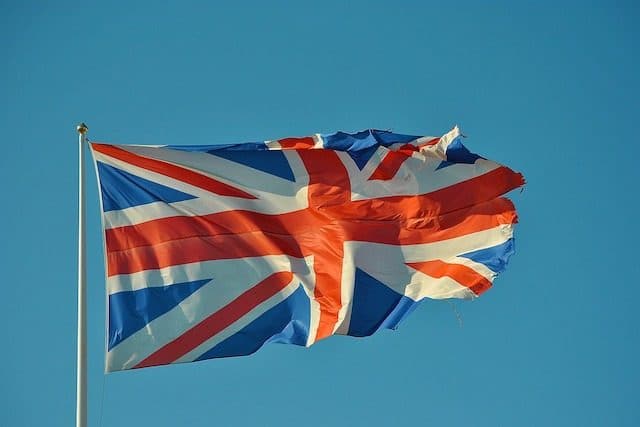
The British colony of Jamaica experienced a series of slave rebellions in 1760, collectively known as Tackey’s Rebellion after one of its famous commanders. It began on April 8, when about 100 slaves from the northern parish of St. Mary’s rebelled and seized surrounding estates, killing any European settlers they encountered. It turned into a full-scale uprising when the rebels – mostly from the Akan tribe of what is now Ghana – marched on an unguarded British fort and raided its arsenal.
Although it soon spread to other parts of Jamaica and became a serious challenge to British colonial authority in the Caribbean, the rebellion was eventually suppressed through brutal counterinsurgency tactics. By some estimates, more than 500 people , including black civilians suspected of aiding the rebels, were killed by British soldiers and local collaborators during the uprising. Hundreds of others were deported as enslaved laborers to other regions such as Gulf of Honduras and Nova Scotia.
9. Battle of Omdurman

The Battle of Omdurman in Sudan was part of the larger Mahdist War, a decades-long struggle between the Egyptian government and the branch of Islam known as Mahdism. It began in In 1881 , when the Sudanese cleric Muhammad Ahmad declared an independent state of the Mahdi and rebelled against Egyptian rule. Britain entered the conflict on the Egyptian side, largely to protect the newly built Suez Canal and its trade route to India .
It was a long and bloody conflict, lasting until the final battle at Omdurman in 1898. Although outnumbered, the Anglo-Egyptian contingent was armed with the latest weapons, such as Maxim machine guns and early bolt-action rifles, which led to a massacre of the Mahdists. By the end of it, some 10,000 people had been killed in the fighting, compared to about 500 losses on the Anglo-Egyptian side.
8. Queen Anne's War
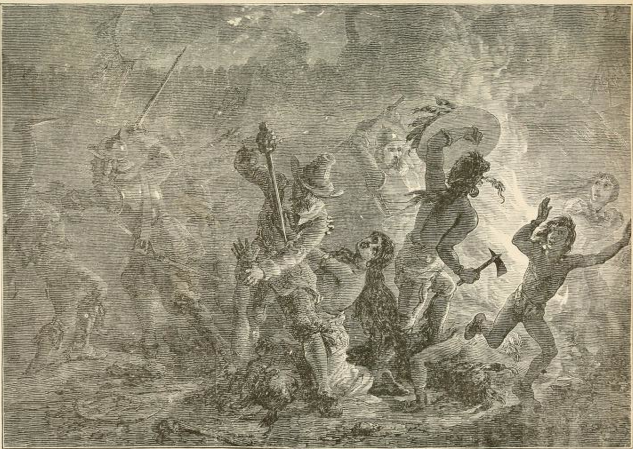
The Second Colonial War, also known as Queen Anne's War in Britain, was fought primarily between colonial Britain and an alliance of France and several Native American tribes, with limited participation from other countries such as Spain, the Netherlands, and Portugal. Beginning in 1702 with Britain's formal declaration of war, it was part of a larger colonial rivalry between Britain and France. Some historians even call it the North American theater of the Spanish Succession.
The fighting was largely confined to the New England-New York border. between England and France and often included raids settlements controlled by the other side, instead of open battles. In one of the the bloodiest In one incident, about 100 people, including children, were killed by French and Indian troops in Deerfield, Massachusetts.
Queen Anne's War would last until peace was established in Europe between 1713 and 1715. As a result, France was forced to cede Acadia - now called Nova Scotia - Newfoundland and several other colonies in the region to Great Britain.
7. The First Matabele War
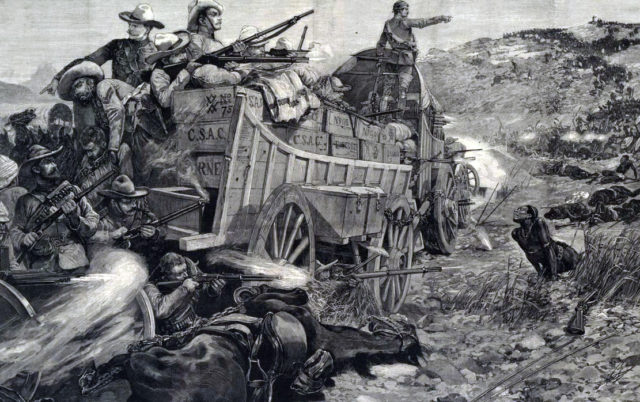
The Matabele Kingdom was a powerful state in what is now Zimbabwe. Unfortunately, it was also an obstacle to British colonial ambitions in the region, especially the British South Africa Company. By 1891, the government in London had declared Matabeleland and several other nearby provinces British protectorates, setting the stage for an inevitable confrontation with Matabele forces.
The First Matabele War took place in 1893, pitting a heavily outnumbered force of around 700 British South African Police soldiers against over 100,000 professional Matabele warriors. Although the defenders were also armed with large numbers of rifles, they were no match for British firepower, particularly the Maxim guns. The fighting ended with the capture of the capital Bulawayo On November 4, 1904, the war officially came to an end with the death of the Matabele king in In 1894 .
6. Mau Mau Rebellion
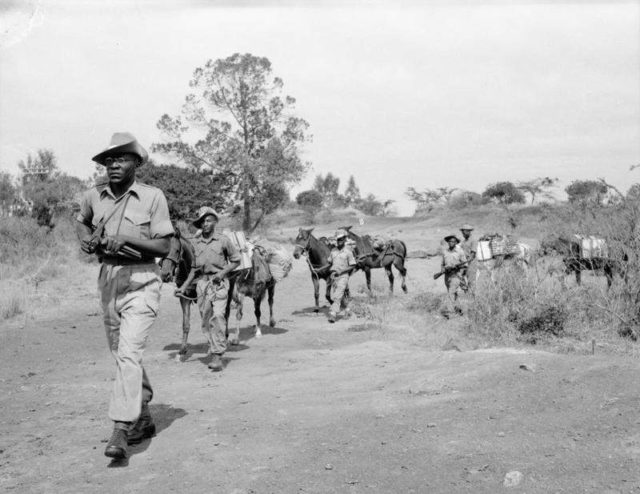
Kenyan army of land and freedom , also called Mau Mau, was a popular African nationalist movement that posed a serious threat to British rule in Kenya. Although it initially began as a secret society within the Kikuyu tribe, it soon evolved into a united effort by various tribes against European colonialism. When it grew into a major militant force and began to attack British interests, the authorities responded by declaring a state of emergency in October 1952 .
The Mau Mau were skilled in guerrilla warfare due to their extensive knowledge of the terrain, although the better-equipped British forces eventually prevailed. The fighting ceased at the end of 1955 , resulting in over 10,000 locals dying due to harsh counter-insurgency measures taken by Britain and local loyalists.
5. Emergency in Malaysia

The Malayan Emergency was one of the first conflicts of the Cold War between British colonial forces and the Malayan Communist Party. Like other British possessions in the region, the Malayan states reverted to British control after the end of Japanese occupation during World War II, despite the decisive role of MCP militias in the war. In 1948, the Federation of Malaya was formed as a British protectorate , re-establishing British colonial interests in the region and returning the previous rulers, called sultans, to power.
A state of emergency was declared by the government in June 1948 after guerrillas from the CCP and other communist factions launched a violent uprising to establish a people's Malaysian state. British forces responded with a major counter-insurgency campaign, including reprisals against the civilian population and the forced displacement of at least 500 000 people across the territory, mostly Chinese. The conflict officially ended with a British victory in 1960, when British side About 500 soldiers and 1,300 police officers were lost , and on the rebel side there are about 6,000 fighters.
4. Anglo-Ashanti Wars
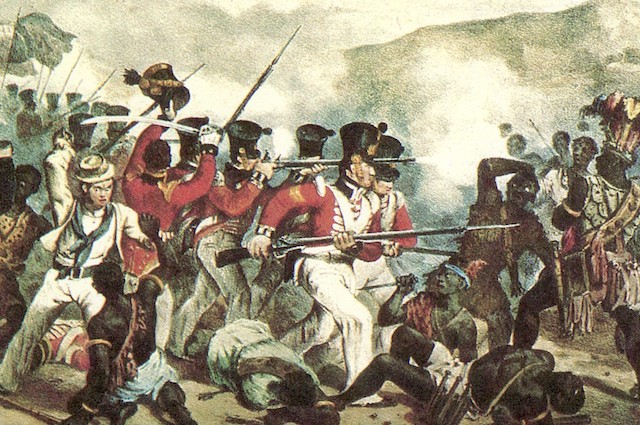
The Ashanti Empire was a powerful kingdom in the southern part of modern-day Ghana that ruled over a large area for over two centuries. Much of its wealth and power came from the transatlantic slave trade, as it was both the main source and destination of slaves V resource-rich Gold Coast region.
For most of its existence, the Ashanti Kingdom was at war with the British colonial empire. The Anglo-Ashanti Wars were a series of conflicts between the two powers in the 19th century, beginning 1823 and ending in a bloody rebellion in 1900. Although Ashanti forces were victorious in the initial conflicts, they were outnumbered by the British military machine. The Anglo-Ashanti Wars consolidated British control over the Gold Coast region until Ghana gained independence in In 1957 .
3. Cape Border Wars
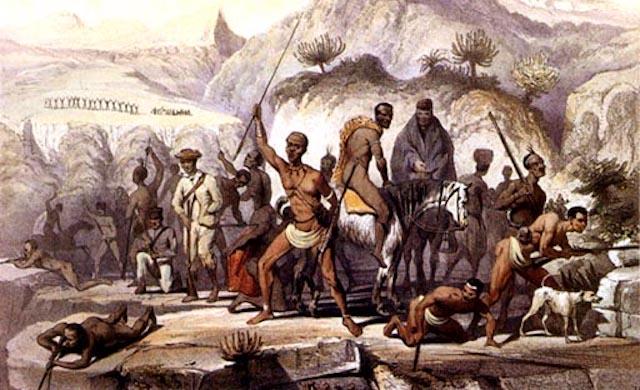
Between 1779 and 1878, Dutch colonists and then British forces around the Cape Colony fought one of the longest anti-colonial battles in history. Fought primarily between European colonists and the Xhosa people, a pastoralist tribe in the Eastern Cape region of modern-day South Africa, it was a series of conflicts for control of South Africa's eastern borders, now known as the Cape Frontier Wars. cape . or war scythe.
It could be placed in the context of a broader struggle against colonialism and slavery , which was ongoing at the time, as the Xhosa people were also a prime target for slave traders in South Africa. While Xhosa forces were initially successful against the Dutch militias, the introduction of British troops in 1811 turned the war in the colonists' favor. In a curious turn of events, the Xhosa voluntarily slaughtered all their cattle, following a prophecy in 1857, leading to the destruction of their economy and widespread famine. By 1878, the defending forces had been decisively defeated, and all Xhosa lands were eventually included into the colony.
2. Battle of Plassey
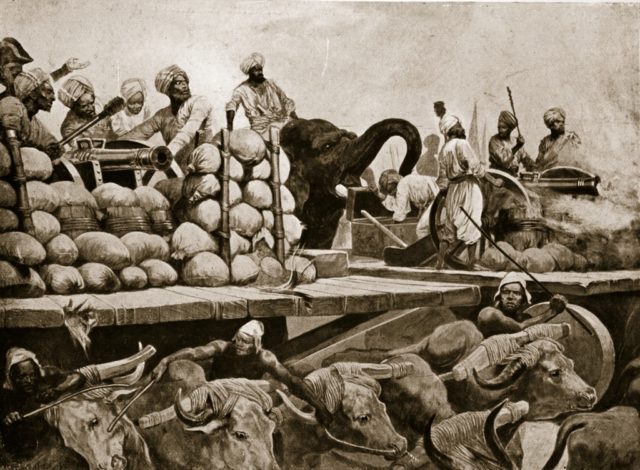
The Battle of Plassey was fought in the northeastern part of modern-day India between the British East India Company and the ruling Nawab of Bengal, supported by the French East India Company. The short battle, which lasted only a few hours on June 23, 1757, can be seen as part of the global Seven Years' War between France and England.
While the Nawab's forces, numbering about 50 000 men, including 16,000 cavalry, greatly outnumbered the British contingent of 3,000, he was eventually betrayed by one of his commanders, Mir Jafar. About a third of this large army never entered the battle, causing confusion and loss of morale among the rest of his troops. By the end of it, the Nawabs had been forced to flee the field, resulting in a British victory at a cost of about 21 lives compared to more than 1,500 casualties on the Bengali and French sides.
1. Battle of Beijing
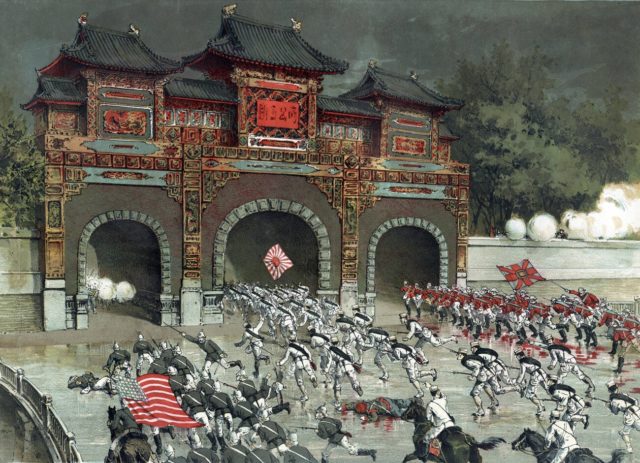
The Battle of Peking on August 14, 1900, was part of the larger Boxer Rebellion, an anti-foreign nationalist uprising in China supported by the ruling Qin Dynasty. By June 1900, the rebellion threatened almost all foreigners and Christians in the capital Peking—present-day Beijing. A small relief force led by British Vice-Admiral Edward Seymour was sent from Tianjin on June 10, though it was forced to retreat due to heavy resistance from Imperial Chinese troops.
As the situation rapidly deteriorated, much larger forces were assembled from 55 000 soldiers from Britain, America, Japan, France and Russia. By this time, foreigners and Chinese Christians in the city had organized themselves into a besieged zone called Embassy quarter , protected by makeshift fortifications and several hundred soldiers. Despite strong resistance from rebels and Chinese soldiers, the International Coalition was able to lift the siege and rescue most of them by August 14.


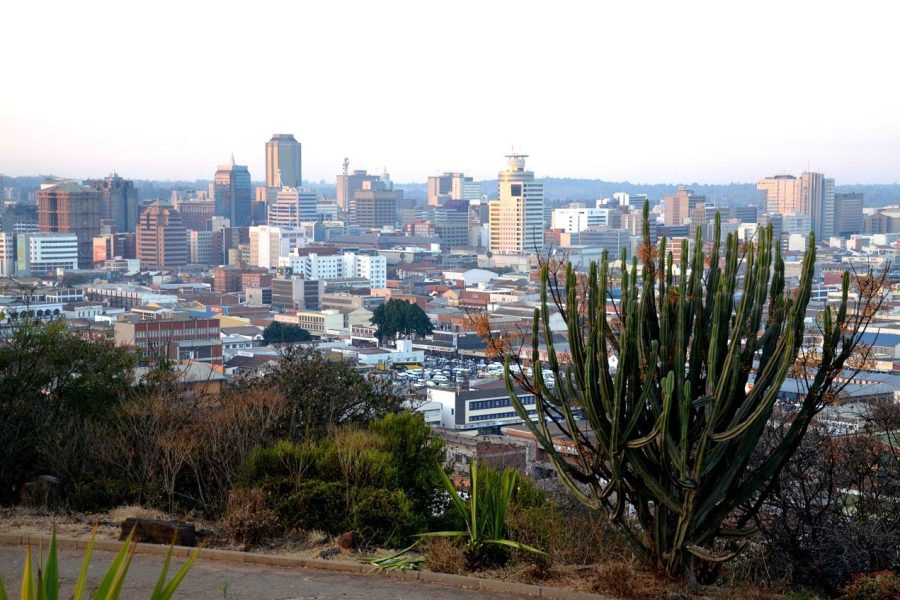











Оставить Комментарий